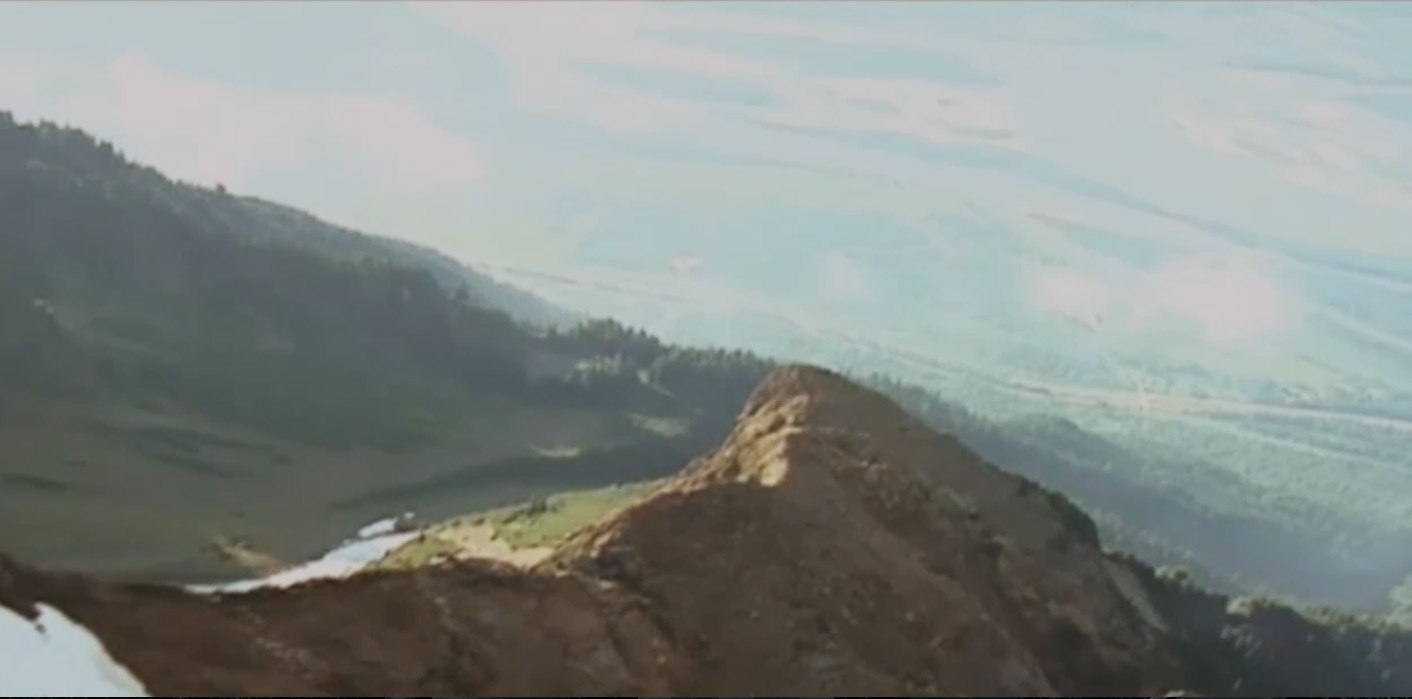


An aerial view shows the peak of a mountain, mainly brown with some forested areas below and in the background.
“Table Song” composed by Ralph Leon Sr. of Sts’a’i:les.
Sq'éwlets Sxwōxwiyám (Clarence Pennier)
View Transcript[Clarence Pennier]: You know, we learn about how it is we exist in this territory. We learn about some of the things that happened to our people. You know, from the beginning, we learn about how Xa:ls has travelled throughout the territory and going meeting people and, uh, some of those people would challenge him on his powers, and he would turn them into stone. And leave those landmarks as a lesson to us today and the other people that come after us that there are lessons to be learned. If you’re not going to listen or you’re not going to be a good person, then you can be turned into stone, and you’re there forever. So, you know, so that happened throughout different parts of the territory. And he left some other landmarks as well. Some of the animals and, I guess the other part is the cedar tree and the many uses it has for us in terms of our ceremonies, and its uses for us, so. Those kinds of stories our people need to hear more about.
Download:
SD (5.7 MB) | HD (20 MB)
Sxwōxwiyám
Our Elders tell us that sxwōxwiyám is the time and the stories from long ago when the world was not quite right. It was a time when animals and people could talk to each other and could transform from one to the other. Xexá:ls are the Transformers, the beings who made our world right in the distant past, the times of our origins. The interactions of the animals, the peoples, and the Xexá:ls taught us how to live well and behave properly as Stó:lō people. These four black bears, the three sons and daughter of Red Headed Woodpecker and his wife Black Bear, were given the responsibility to walk through our world, S'ólh Téméxw, and make things right. Individually, they are known as Xá:ls. They transformed our ancestors into specific mountains, rocks, birds, land animals, fish, and plants, to teach us how to live right and relate to the living world. Each of these places teaches us stories and lessons of who we are as Stó:lō people. Sxwōxwiyám are our origin stories. Through sxwōxwiyám, we are all connected.
Our sxwōxwiyám are our origin stories. They are told in different versions throughout our lives, as we grow from children into adults and become Elders. As we grow, these stories become more deeply filled with lessons and values that help guide us as good human beings, as good Stó:lō. Together, sxwōxwiyám are a series of stories that connect us to places throughout our world, S’ólh Téméxw. Sxwōxwiyám describe the creation of our world in which Chíchelh Siyá:m, our Creator, placed people here last as the weakest of all beings. They tell the story of the first people of each of our Stó:lō tribes, including the Sq’éwlets.
Sxwōxwiyám also describe a time in the distant past when there was no veil between people and the spirit world. During this time, Xexá:ls, the Transformers, travelled through our land making things right in order to teach us how to live well. Our sxwōxwiyám connects us to the land, resources, and to each other as a people. Our homes at Sq’éwlets are built within the landscape that represents our sxwōxwiyám. We see and experience these places and stories every day.



